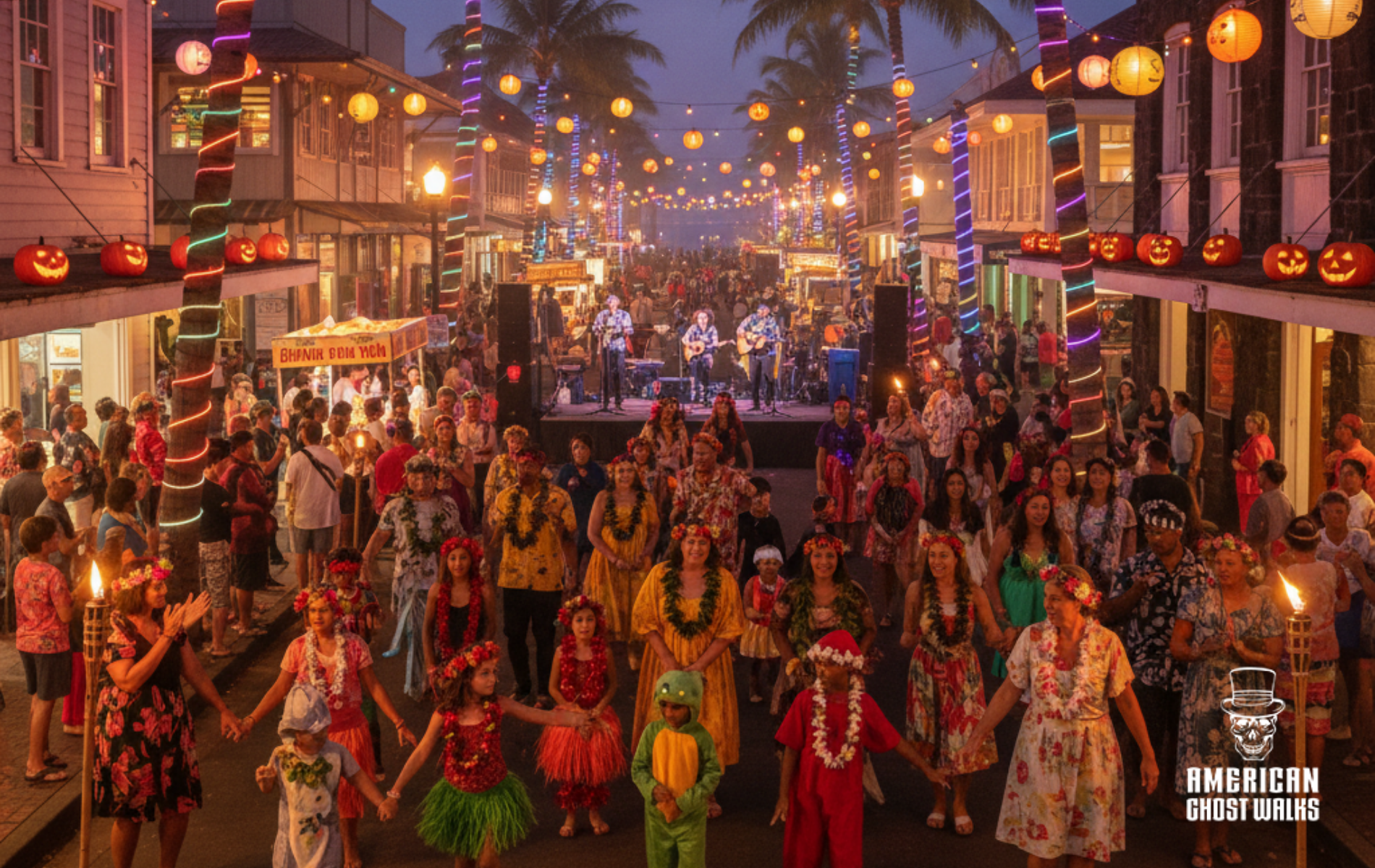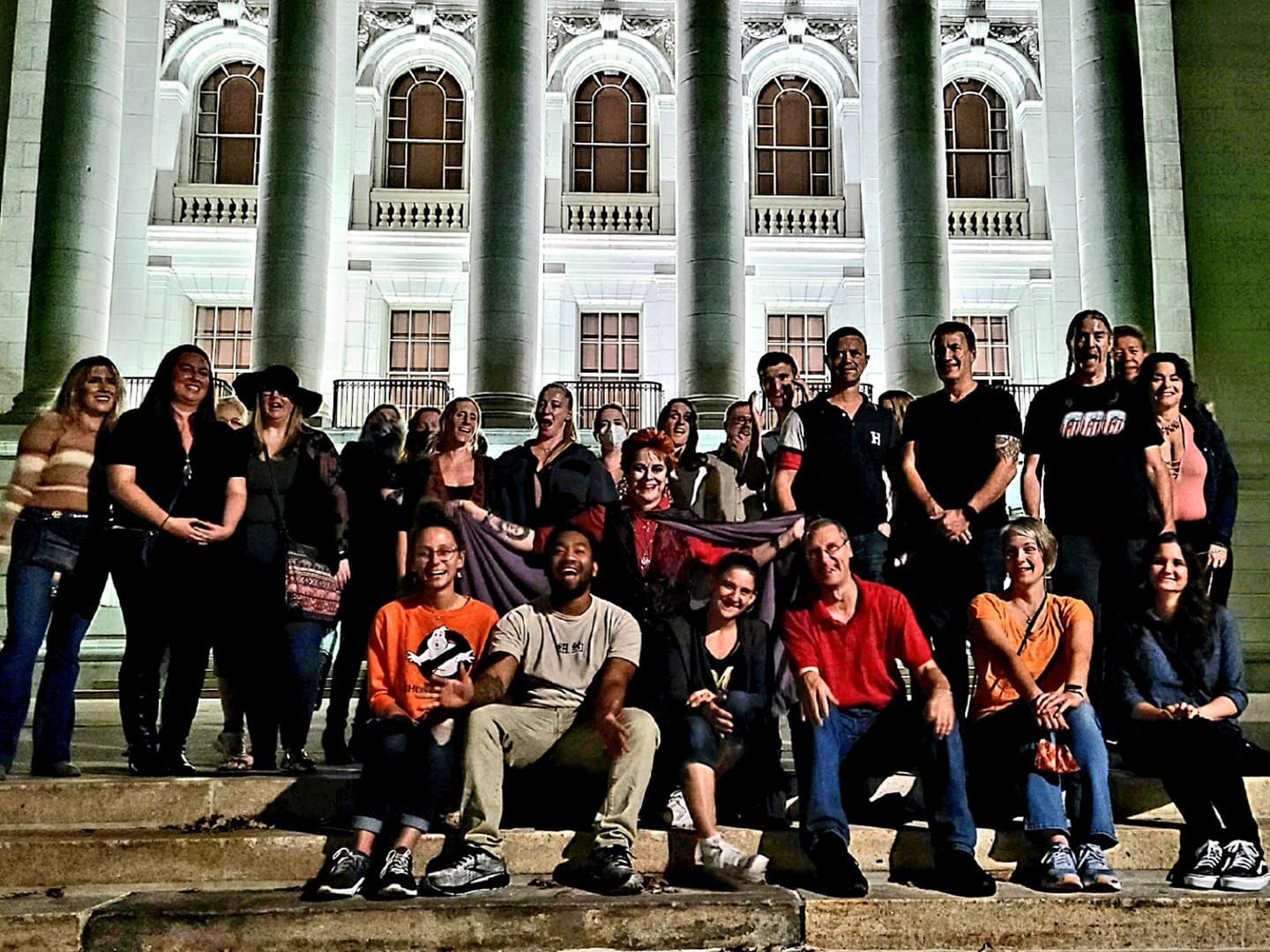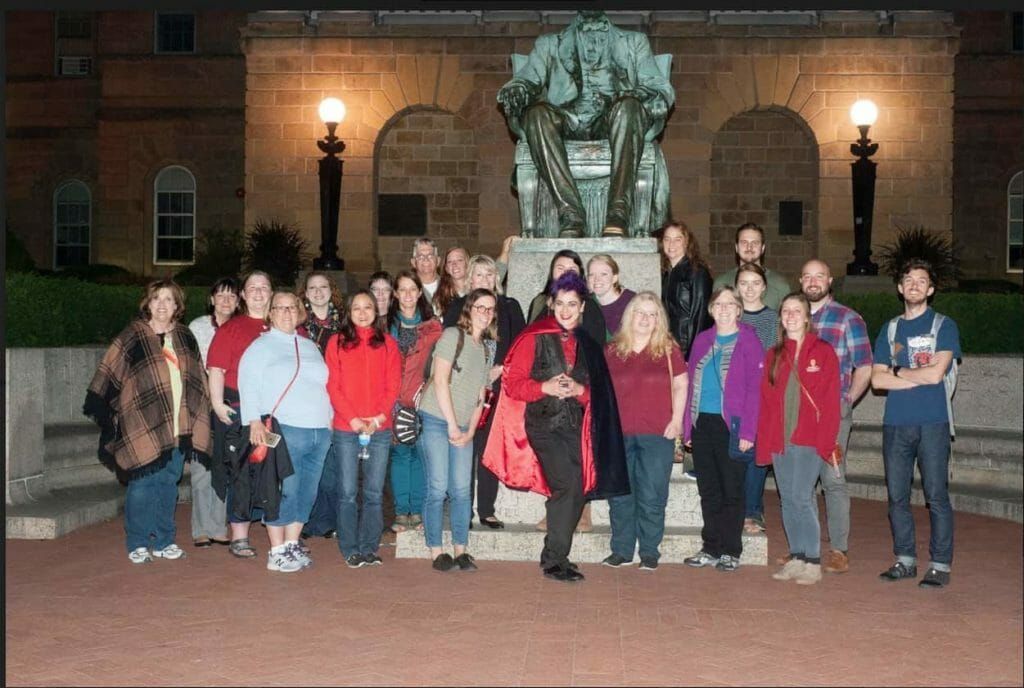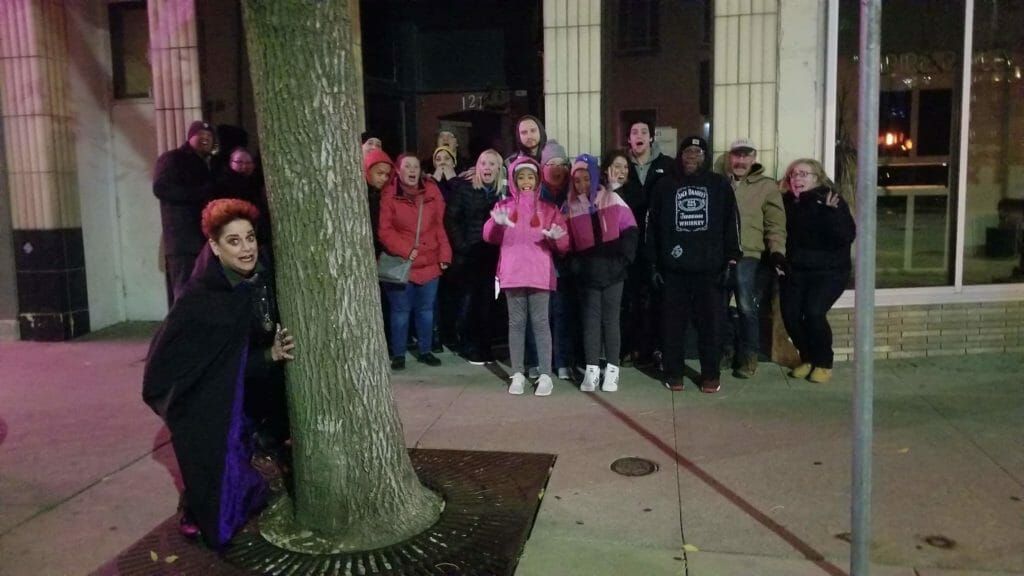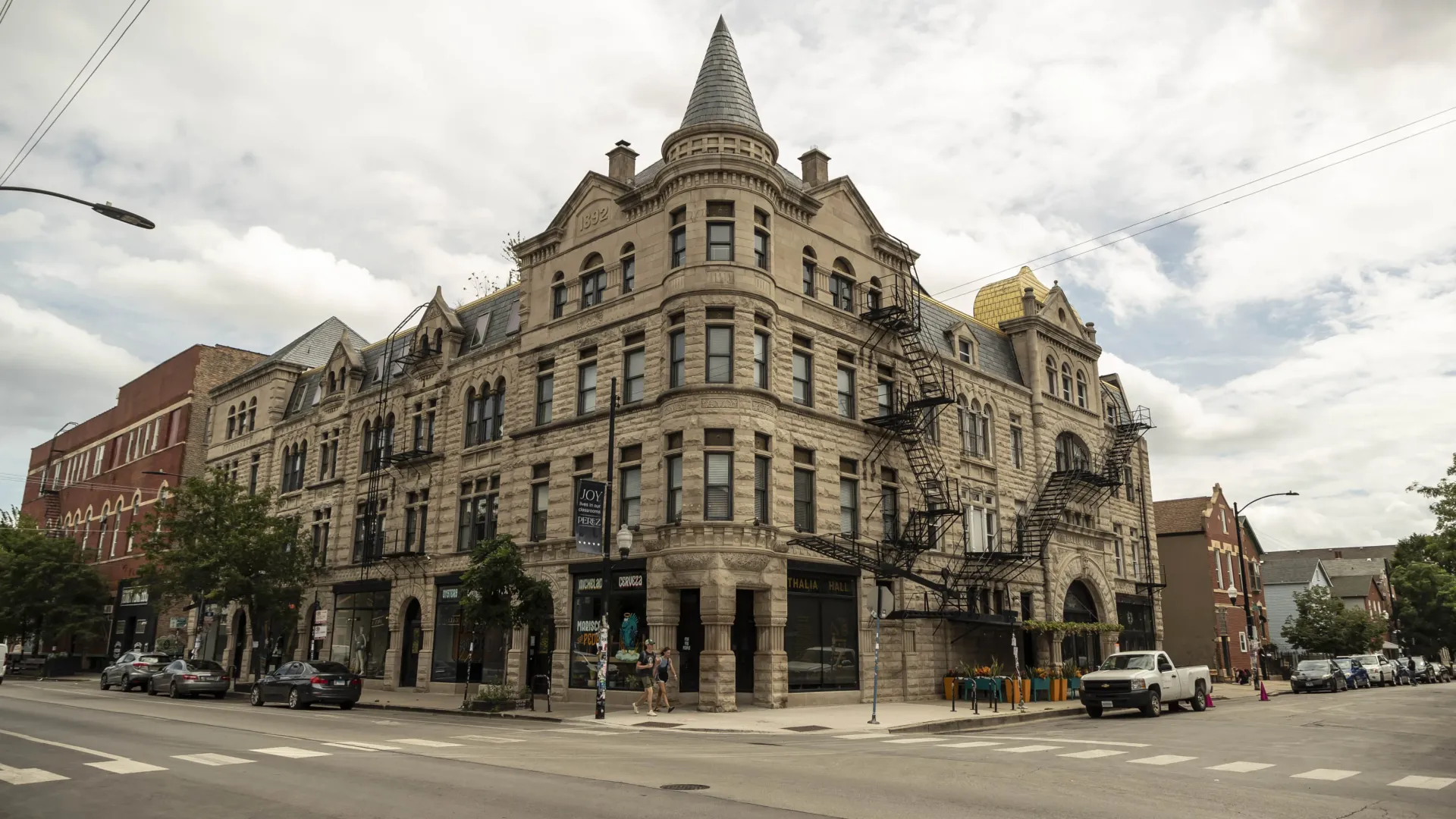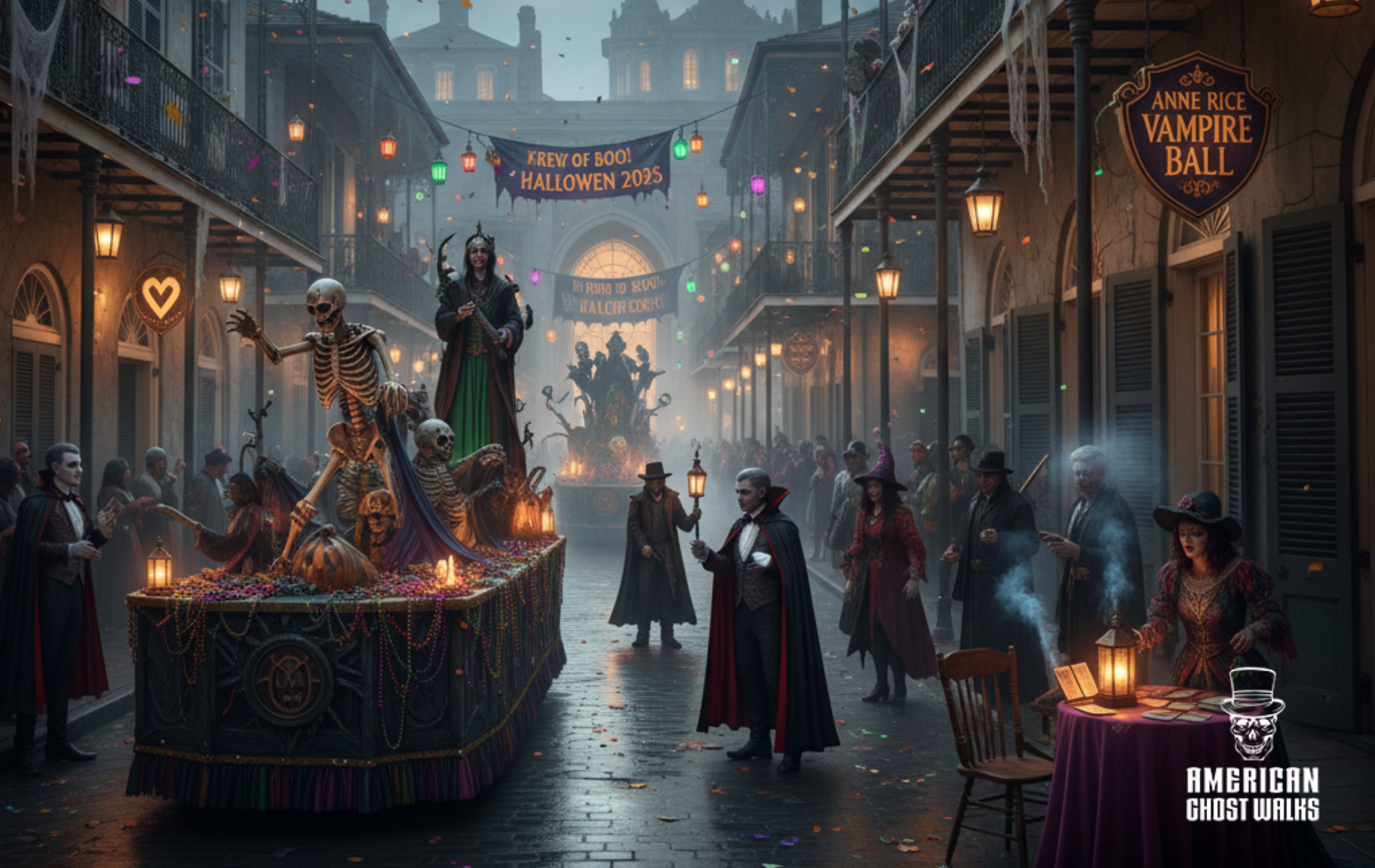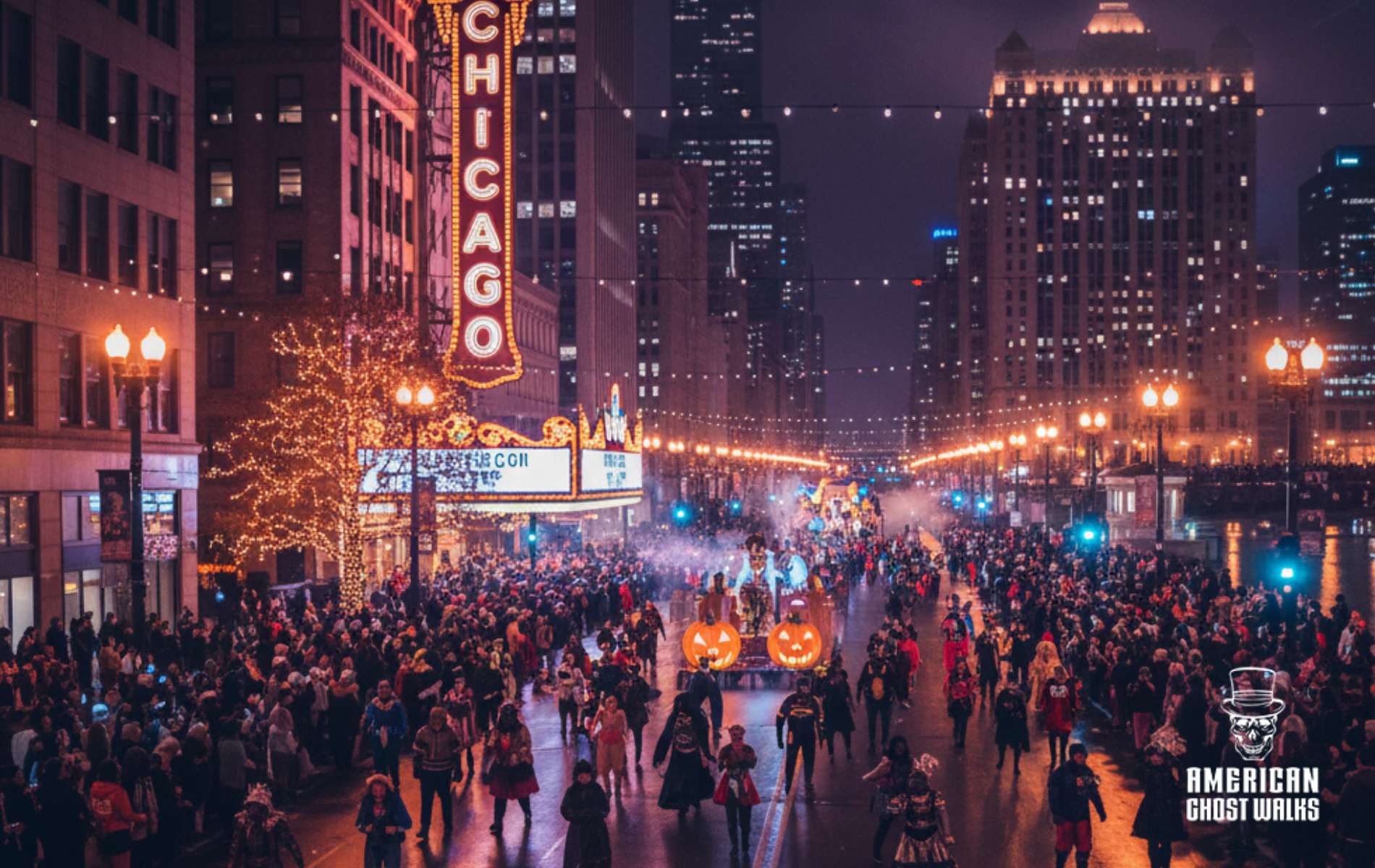A Serial Killer in Madison, Wisconsin?
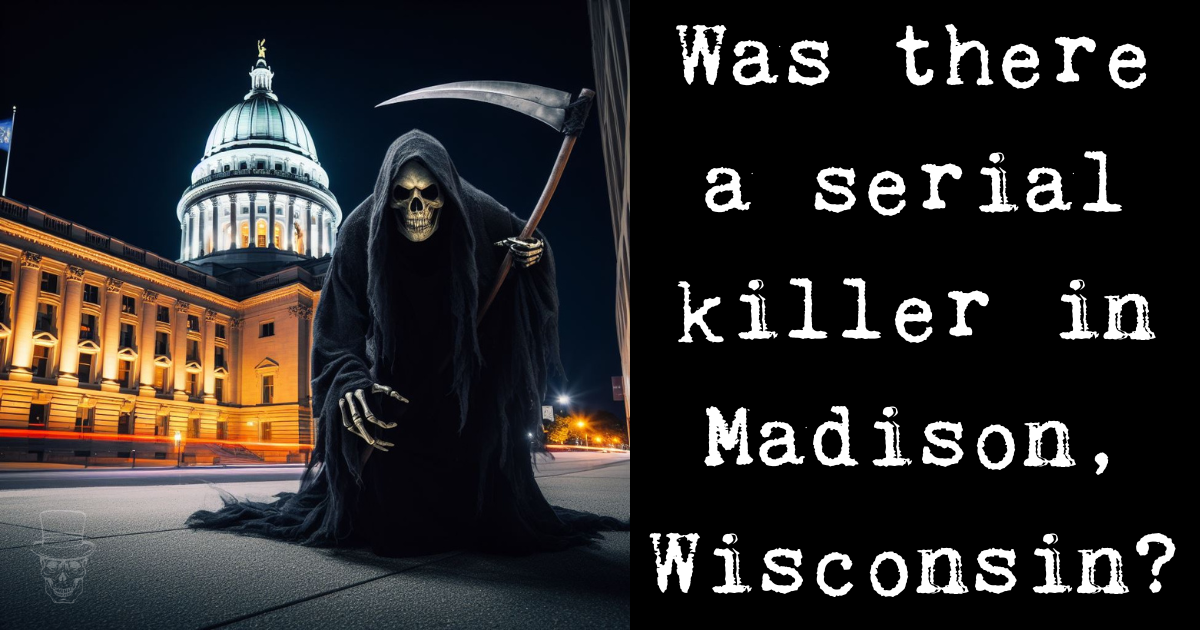
Between 1968 and 1984, the University of Wisconsin in Madison was the site of a series of brutal murders that left eight young women dead. The killer was never caught, and the crimes remain unsolved. Decades later, a few more murders that might not be the same killer, but rekindled the memories that had terrified the Wisconsin campus as well as much of the state in the late 1960s. Jeff Finup from Badgerland Legends and I explore these unsolved mysteries in an episode of Wisconsin Legends Podcast and you can think of this article as a primer.
The First Victim
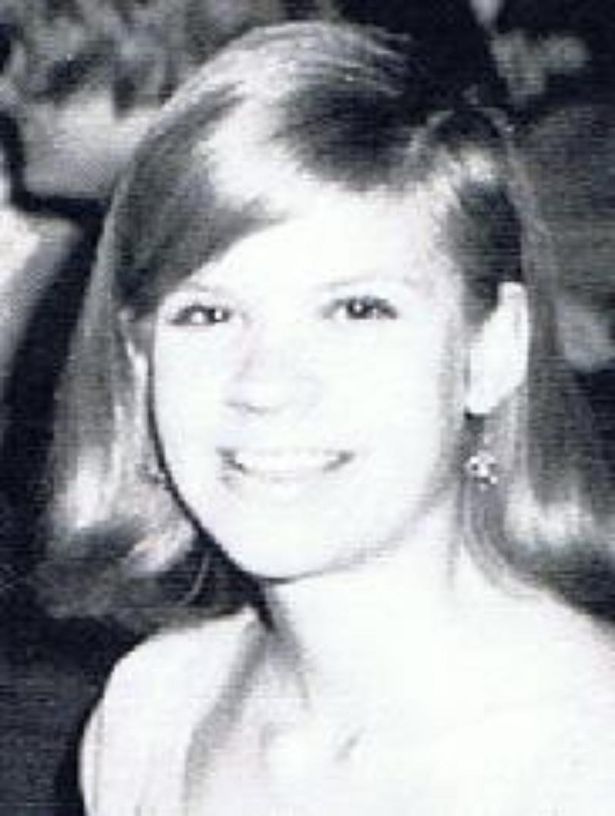
Christine Rothschild was a Chicago fashion model who entered the university in 1967 after graduating with honors in Chicago, Illinois. On a dreary May evening in 1968, a male student discovered her body hidden behind some shrubbery outside of Sterling Hall, a mathematics building located on North Charter Street. She had been stabbed 14 times with and a piece of cloth was knotted around her neck. Her leather gloves had been placed in her mouth, apparently to prevent her from crying out.
While this shocked the campus, there was a broader crime wave in the 1960s, and the Chicago Tribune quickly tried to link Rothschild's death to the brutal and unsolved home invasion murder of the daughter of Illinois Senate candidate Chuck Percy to Christine Rothschild. Terrifyingly, there was a string of murders of young women in Southeastern Wisconsin that happened all within the same few months. And like Christine Rothschild, they also were never solved.
The Next Victims
Over the years, the bodies started piling up and police were baffled. While the original Capital City Killings traditionally ended in 1985, there were two more brutal Madison murders in the mid-2000s that baffled police as well.
- Debra Bennett, 1976, 20. Her body had been set on fire and left in a ditch a few miles from Cross Plains. Unsolved.
- Julie Ann Hall, 18, 1978. After being bludgeoned to death, her body was found buried near Waunakee. Unsolved.
- Julie Speerschneider, 1979, 20. Missing for two years before her skeletal remains were discovered in the town of Dunn in 1981. Her case remains unsolved.
- Shirley Stewart, 1980, 17. Found in a wooded area in the town of Westport in 1980, a year after she went missing. Her case remains unsolved.
- Susan LeMahieu, 1980, 24. Found in the UW Arboretum in 1980. Her case remains unsolved.
- Donna Mraz, 1982, 19. Stabbed to death near Camp Randall Stadium In 1982 while on her way home from her waitress Job at a State Street restaurant. Unsolved.
- Janet Rasch, 1985, 20. Her body was found partially burnt in 1985 near a highway 100 miles north of Madison in a after being reported missing for over a month. In 2022, her death was ruled accidental.
- Brittany Zimmerman, 2008, 21. A student at UW Madison, Brittany was killed in her apartment while on the phone with 911, who failed to call her back after she was disconnected. Her case was finally resolved in 2023.
- Kelly Nolan, 2008, 22.: A student at UW Whitewater disappeared after a night out in Madison. Her body was found about a month later in a rural area of Dane County. Her murder remains unsolved.
Rothschild's Killer Escapes?
Before Christine Rothschild was murdered, she had confided in her best friend, Linda Tomaszewski Schulko, about feeling stalked by a man named Niels Bjorn Jorgensen, who often frequented the same Memorial reading room as Christine. Despite her efforts to avoid him, such as staying indoors and keeping her doors and windows locked, Christine was found dead within a week of expressing her fears.
Jorgensen, a medical researcher, was thought to have gained access to a scalpel, which could potentially be the murder weapon. He was seen cleaning a scalpel at the hospital where he worked, utilizing a method that would remove all blood and fingerprints. After Christine's murder, Jorgensen left town within 72 hours, abandoning all his possessions. Madison police even followed him to New York City to get him to take a polygraph test, but Jorgensen said wasn’t feeling well and would come into the station tomorrow. The Madison cops never saw him again and instead of pursuing, mysteriously decided to just go back.
Christine’s courageous friend, Linda, dedicated her life to unmasking the killer and alerted authorities to Jorgensen's whereabouts, particularly when he was close to universities. Despite her efforts, no one has been arrested for Christine's murder, and Jorgensen has since passed away. This is the focus of criminologist Michael Arntfield’s book, Mad City: The True Story of the Campus Murders That America Forgot
Connection to The Confession Killer
Infamous serial killer Henry Lee Lucas even had a connection to the murders of Julie Ann Hall, Susan LeMahieu, Julie Speerschneider, Debra Bennett, and Shirley Stewart. Lucas, who claimed responsibility for over 350 murders across the U.S., was interviewed by Dane County detectives in 1984. During these interviews, Lucas provided details about the crime scenes and victims that led investigators to believe he was involved in these cases.
Newspapers at the time noted that Lucas' accomplice, Ottis Toole, may have been traveling with Lucas at the time of these murders, and authorities planned to arrange an interview with him as well. Lucas was the inspiration for the 80s horror classic, Henry: Portrait of a Serial Killer , but Lucas later recanted his confessions to more than 600 murders including his involvement in any killings that took place in Madison.
Place-Specific Crimes
Place-specific crime is a concept in criminology that suggests violent offenders strategically and discriminately select specific cities, and even places within those cities, to commit and hide their crimes. This concept is relatively new and recognizes that violent criminals are more logistically oriented than previously thought. Based on this theory, certain physical environments not only carry some ritual or symbolic significance for the criminals but also provide them with opportunities to exploit police apathy and public disenfranchisement in those same locales.
For example, a polarized college campus might attract a certain type of criminal who can blend in with the student population, making it easier for them to find potential victims. Similarly, a city experiencing social unrest or major events may inadvertently create an environment where violent crimes can be committed and go unnoticed amidst the chaos. This concept of place-specific crime provides a deeper understanding of how and why certain areas can become hotspots for specific types of crime. The late 1960s and early 1970s in Madison, Wisconsin was a turbulent time in the capital city, with Vietnam War protests often exploding in violence and even one that turned deadly when protestors tried to blow up one of the campus buildings. These protests were immortalized in the documentary, The War At Home.
Christine Rothschild's murder was far enough away in time from the other killings, that often her case gets added in because it's unsolved and it was so sensational because it was picked up by the Chicago newspapers. If it really was Jorgensen, he didn't come back to Madison to murder the others. Authorities never had a reason to connect Rothschild's murder to the other killings and besides the officers trying to pin 4 of the murders on Henry Lee Lucas, there was no evidence this was the same person who was doing the killing. That's why the place-specific idea seems to be popular. With enough unrest, the city becomes attractive to predators to do bad things because the police have their hands full. And even when they didn't, it seems that the department in Madison at the time was ill-equipped to handle such a major crime.
A Problem With The Evidence
And one of the reasons for that could be sloppy evidence handling. In the 1980s, a catastrophic event occurred that would adversely affect these unsolved murder cases – a major purge of the evidence room at the Sheriff's Office. Due to overcrowding in the facility, there was a mass discard of evidence across a variety of cases, including these unsolved murders.
This evidence purge was not a minor event but one that led to the loss and destruction of key pieces of evidence integral to these unsolved cases. These pieces of evidence, which included items from crime scenes and potentially even DNA samples, could have been crucial in identifying the perpetrators of these horrific crimes.
The loss is particularly regrettable considering the advances in forensic science and technology that have occurred since the time these crimes were committed. Techniques such as DNA analysis, which were not as advanced or perhaps even non-existent at the time of the murders, could have been applied to this evidence to provide new leads or even solve these cases.
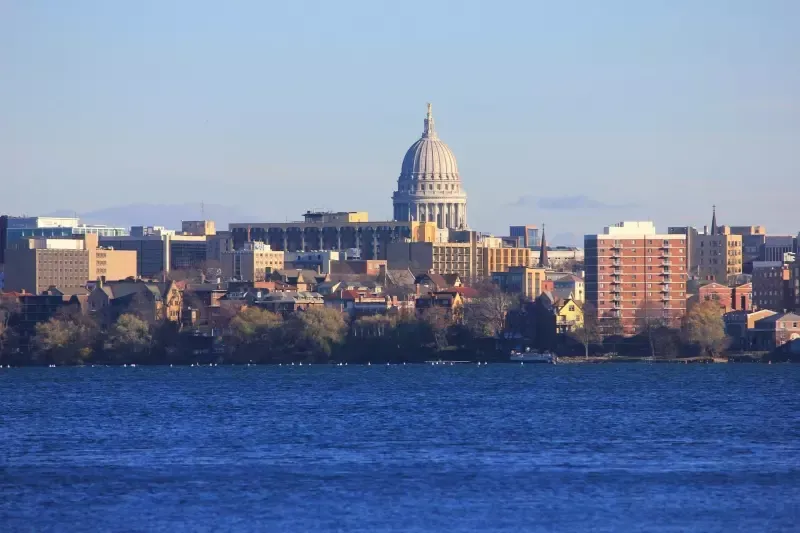
Crime Declines in the late 80s
The wave of murders of young women in the late 60s and early 70s eventually gave way to an overall high murder rate in the 80s, but what might have caused the decline by the time we reach the 90s? Research has indicated that two factors may have contributed significantly to the decrease in crime rates in the United States since the 1990s: the legalization of abortion and the reduction of lead exposure in children.
The legalization of abortion following the Roe v. Wade decision in 1973 led to a decline in the birth rate of unwanted children, who would have been more likely to grow up in environments conducive to criminal behavior. States with high abortion rates in the 1970s and early 1980s saw a drop in crime of approximately 30% relative to low-abortion states since 1985. That was the basis of a 2001 paper by John J. Donohue and Steven Levitt (the man behind Freakonomics.)
Also there could have been environmental factors, studies have found that children exposed to lead are more likely to develop behavioral and cognitive traits like impulsivity, aggressively, and low IQ, which are associated with criminal behavior. The phasing out of leaded gasoline in the U.S. between 1975 and 1985 has been linked to a significant decrease in crime rates as the children of this era grew into adults. By 2020, all adults in their 20s and 30s in the U.S. would have grown up without direct exposure to gasoline lead, leading to lower crime rates.
Fast forward to modern times, Wisconsin recorded the highest number of murders in its history in 2021. Criminologists attribute this recent spike in homicides to the social unrest caused by the COVID-19 pandemic and incidents of police shootings. It appears that history may be repeating itself, with riots and social upheaval once again providing a backdrop for an increase in violent crime.
Footnote
And in an interesting addendum, just a day after we put up the podcast, two of the cold cases that we mention in this podcast have been solved! With the help of advanced DNA testing, the two murder cases, involving victims Diane Olkwitz and Terri Erdmann, were united by DNA evidence and attributed to Clarence Marcus Tappendorf. The murders occurred in 1966 and 1971 in the Milwaukee area. Tappendorf, who died in 2008, was identified as the suspect through genealogy research and DNA evidence. His body was exhumed to confirm the DNA match. Although Tappendorf cannot face justice, the identification provides closure for the victims' families and demonstrates the power of DNA technology in solving cold cases.
For an in-depth detailed investigation into the Capital City Killings, please check out our Wisconsin Legends podcast on the subject and you can listen to it right here:
Uncover the chilling mysteries surrounding Madison’s unsolved “Capital City Killings” with Madison's Ghost Tours.
This journey revisits the eerie history of the University of Wisconsin campus, where a string of unsolved murders, starting in 1968, shook the state. From the brutal slaying of fashion model Christine Rothschild to other mysterious deaths, our tour dives into the haunting legacy of these unsolved cases. Our
Madison guided ghost tours offer something for everyone. Don't miss your chance to explore the dark side of Madison! Book your tour now!
Check our
Madison, WI ghost tour reviews on Google to see what others are saying. Ready for a haunting adventure?
Find Your Next Paranormal Experience
